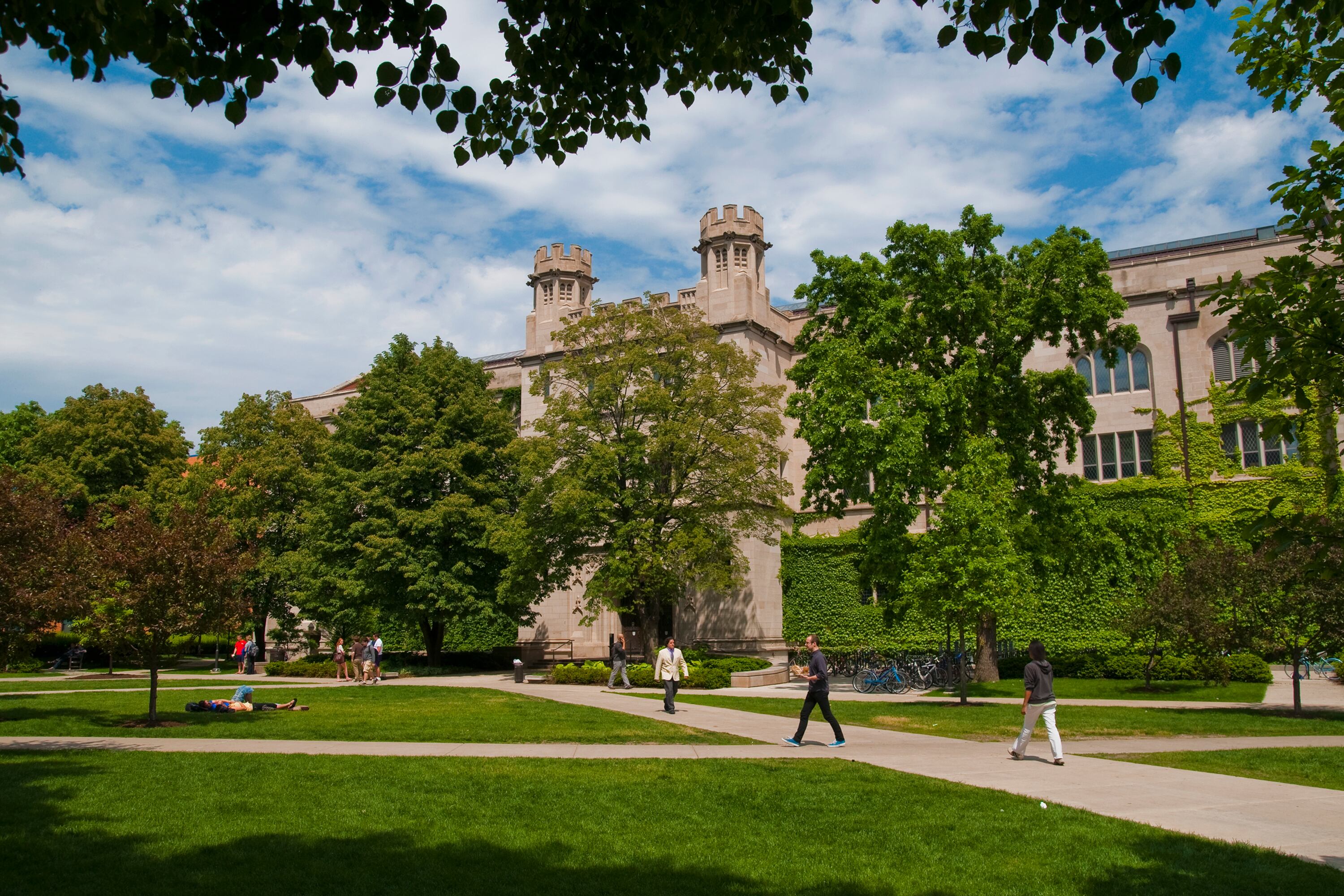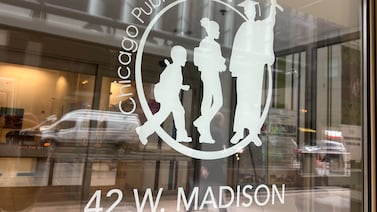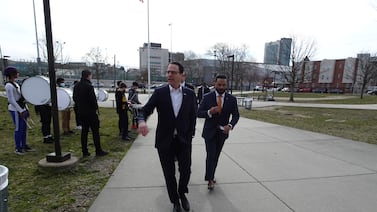Imagine the following scenario: A high school senior in Chicago has a 3.5 GPA and a score of 1200 on the SATs. They’ve been accepted to highly selective Princeton University, University of Illinois at Chicago, and a local city college.
Which school might they choose?
More often than not, a student in that situation will lean toward the school that’s an “undermatch,” meaning a school with lower grades and SAT scores in its admissions criteria and where average scores of incoming freshman were lower than what the student earned, according to a new study by the Inclusive Economy Lab at the University of Chicago. And that could make them more likely to drop out.
Researchers looked at Chicago Public Schools’ class of 2018 using a variety of data points, including district data and other sources. Of the students who attended college, 62% had enrolled in an undermatch school.
Students at an undermatch school were more likely to drop out: 69% of such students made it to the second year of college, while the same was true for 77% of students at a “match” or “overmatch” school — with criteria that called for the same or higher grades and SAT scores and where average scores of incoming freshman matched or were higher than the student had earned, according to the study.
Staying and earning a college degree can lead to an overall healthier life, according to a review of literature by Healthy People 2030, a federal government-led project that tracks health data. A college education can mean better salary-earning potential and better access to quality housing.
Students who enrolled at an undermatch were more likely to be English language learners, students with disabilities, those who are homeless, as well as white and Hispanic students. Students who didn’t fill out or complete their federal financial aid forms also more often chose an undermatch school. Students at these schools, however, were less likely to be Black or Asian American.
The financial cost of college was a big reason students have leaned toward schools that are an undermatch, in lieu of attending more selective schools or out-of-state choices, researchers found in interviews with students who currently attend City Colleges of Chicago. Students said it’s cheaper to attend a two-year city college or a local, less selective four-year school, and they don’t want to incur any debt, said Shantá Robinson, senior research director at Inclusive Economy Lab.
“We always say young people should think about these things and they are,” Robinson said, “and on the other hand, because financial fit is the first thing they’re looking at, other things that are critically important to young people — thriving in higher education institutions and persisting and graduating — are being overlooked.”
The study also found:
- 81% of the class of 2018 had intended to go to college, but only 57% enrolled in college within one year of graduation. Just 43% returned to college for a second academic year.
- Students with higher GPAs and test scores were more likely to submit more college applications to schools that were a match.
- At colleges where net out-of-pocket cost was estimated to be $6,000 annually or less, 62% of students persisted to the second year. That persistence rate grew at pricier colleges: 89% of students stayed at schools where the net cost was estimated at more than $20,000.
- Students at match and overmatch schools enrolled in schools that cost an average of roughly $1,200 less a year compared to other schools they also applied to. But for students at undermatch schools, that difference was an average of nearly $3,500 – which researchers said is one sign that cost was a factor for where these students ended up enrolling.
A recent study found that more Chicago Public Schools students are pursuing college, with far more earning certificates from two-year colleges.
CPS provides college and career competency lessons through its Skyline curriculum for grades 6-12, said Mary Ann Fergus, a spokesperson for Chicago Public Schools. Schools also encourage students to earn early college credentials — which about half of the class of 2023 did — which Fergus noted can help reduce the cost of college.
The researchers at the Inclusive Economy Lab at the University of Chicago found that overall the more selective the school, the more likely students would stick around. But at every type of school, including two-year colleges, those who were undermatching were less likely to stay.
Even though cost seemed to be a driving factor for where students enrolled, researchers found that students at colleges with higher net out-of-pocket costs were more likely to stay for their second year. Researchers don’t know why but guessed that pricier schools might have more resources on campus to support students’ needs, such as in academics.
An inclusive culture may also be a big factor in keeping students in college, the study suggests. For example, about 78% of Black students who attended a historically Black college or university, or HBCU, made it to their second year of college, compared to 67.3% of Black students who attended non-HBCUs. The New York Times found last year that several HBCUs are seeing their schools become top choices for more Black students. However, the same was not true for Hispanic students attending Hispanic-serving institutions, or HSIs. About 85% of these students persisted to their second year of college at non-HSIs, compared to about 68% of Hispanic students at HSIs.
The study’s authors made several recommendations, including teaching students at an earlier age about their options for college so that they can make a financial plan, such as applying for scholarships earlier on or understanding how to fill out a FAFSA form. Having that conversation “when your child gets an award letter” is too late, Robinson said, especially if the conversation is that the family does not have enough money to contribute.
“That’s not to offer a sense of pessimism to these young people. It is a level-setting,” Robinson said, noting that families need to look ahead to the final year of high school. “It is a very real world, ‘This is what we’re working with as a family. Now how can we move past this? How can we work together to make sure you get where you want to be by senior year?’”
Reema Amin is a reporter covering Chicago Public Schools. Contact Reema at ramin@chalkbeat.org.







